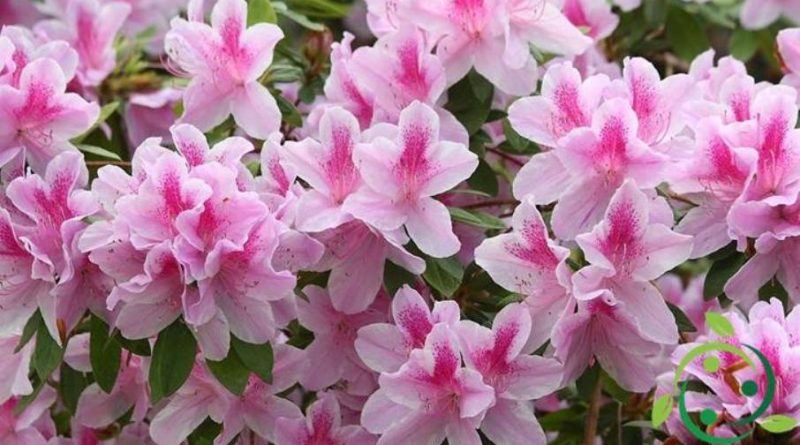How to grow Rhododendron
How to grow Rhododendron
Both the azalea and the rhododendron belong to the Rhododendron L. genus of the Ericaceae family.
These are species originating both from the Eurasian area and from America. The genus includes more than 500 species, infinite hybrids and varieties, of shrubby plants, ranging from 40 to 90 cm, with open toes, large, rough, oval or lanceolate, glossy dark green above, lighter or colored rusty on the inferior page, with the glabrous and revolute margin, simple or double flowers, with showy colors, bell-shaped, with lobes sometimes wavy, united in large bunches, at the ends of the branches.
These plants have a flowering period between spring and summer, depending on the species. The azaleas, which belong to the subgenera, Pentanthera, represented by the Rhododendron nudiflorum, and Tsutsusi, represented by the Rhododendron tsutsusi, have compact and collected crowns and lanceolate leaves of bright green color, with clusters of brightly colored flowers, of all shades of white, pink, red, magenta, with some two-colored flower varieties. Azaleas are distinguished from rhododendrons mainly by their dimensions, which are decidedly smaller than the latter, and for the leaves, which are not persistent in azaleas.
In this card we will see how to grow Rhododendron following the main agronomic indications and useful advice.
Regarding the exposure and the climate, the rhododendron does not particularly like direct sunlight, so it is advisable to place these plants in shady or, at the very least, partially shaded areas.
Due to the climatic conditions these change according to the species we are going to cultivate. There are some species that like temperate climates, managing to endure only a couple of degrees below zero. There are other species that, on the other hand, cannot completely withstand the heat and mild climates. Winter temperatures, in this case, should never exceed 15 ° C.
Now let’s see the water requirement. In general the watering must be very assiduous during the spring and summer and then become less frequent during the autumn and winter. Another good trick is to spray, every day, directly on the plant, non-calcareous water as the rhododendron grows well in humid climates. We see the pedological aspect. The cultivation soil must be acid and loose. In the presence of calcareous substrates it is necessary to add peat with acid pH and silica sand; good thing, if you are in suitable areas, add pine needles and coniferous branches to the earth.
As far as the contribution of fertilizing substances is concerned, it is advisable to work on the transition between winter and the beginning of spring with well humified organic substances to be mixed directly with the first layers of substrate.
Finally the pruning.
The rhododendron pruning must be done very lightly, trying never to cut in excess. The best time to intervene is spring, when the branches that have grown too much must be cut. The rhododendron pruning also has the aim of regulating the natural tendency of this plant to grow in a disjointed way; with the cut it is possible to try to contain and give a regular shape to the plant.
In reference instead to the most frequent plant diseases on the rhododendron, these are represented above all by the ‘oziorrinco and the red spiders.
The oziorrinco is easily identified as it manifests itself with semicircle erosions on the edge of the leaf. The oziorrinco is a beetle that acts mainly at night and, at the first manifestations it must act with products prepared even at home based on garlic.
As for the red spider mite, this small mite develops especially in hot and very dry environments. Their presence is highlighted with cobwebs in the lower part of the leaf. To avoid the proliferation of these small mites it is advisable to always keep the plant and the environment moist.

